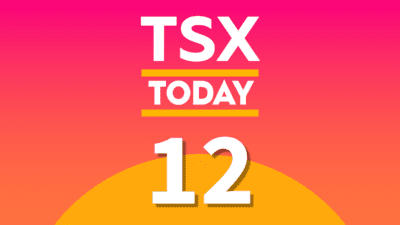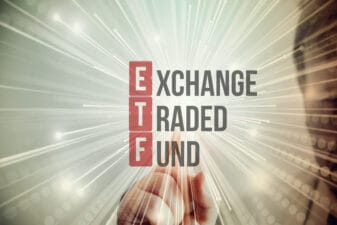The best thing to ever happen to Canadian investors was the government’s introduction of the Tax-Free Savings Account, or TFSA in 2009. Prioritizing contributions to this account is a great way to set yourself and your investment portfolio up for success. Why?
Well, all dividends, capital gains, and withdrawals made in this account are tax free, as suggested by its name. Without the CRA taking a cut of your profits, investors can keep substantially more money in their pockets, whether to compound faster or withdraw as income.
Today, we’ll be going over the latter: using the TFSA as a passive-income-generating machine. To do this, I’ll set out some simple steps for success and provide an exchange-traded fund (ETF) pick that could be ideal, one that is designed to generate high, consistent levels of monthly income.
Step #1: Max out a TFSA
TFSA contributions can be made anytime, but are subject to annual and lifetime limits. If you turned 18 in 2009 and never invested in a TFSA prior to 2023, you’ll have a cool $88,000 worth of TFSA contribution room. Investors can find their exact available TFSA contribution room online on the Canada Revenue Agency’s website.
If you have been diligently contributing to a TFSA, your contribution limit in 2023 will be $6,500. This is $500 greater than the previous year to compensate for recent high inflation. The government periodically raises the TFSA contribution limit to help investors keep up with the cost of living.
Step #2: Pick the right ETF
Personally, I’m a growth investor, so my portfolio is all held in passive index ETFs. However, if your focus is on income, this won’t do. While you could opt for individual dividend stocks, the yield might not be high enough, and single stocks aren’t the best for diversification.
My ETF suggestion for monthly passive income is iShares Canadian Financial Monthly Income ETF (TSX:FIE) which was designed exactly for this purpose. This ETF holds a portfolio of Canadian bank and insurance company dividend stocks, preferred shares, corporate bonds, and income trusts.
Currently, FIE has a 12-month trailing yield of 6.66%, which is the yield an investor holding the FIE over the last year would have received based on its current share price. As its name suggests, FIE also pays dividends on a monthly basis, compared to most dividend stocks that pay quarterly.
Step #3: Calculate your income
Assuming FIE’s most recent February monthly distribution of $0.04 and current share price at time of writing of $7.21 remained consistent moving forward, an investor who buys $88,000 worth of FIE could expect the following monthly payout:
| COMPANY | RECENT PRICE | NUMBER OF SHARES | DIVIDEND | TOTAL PAYOUT | FREQUENCY |
| FIE | $7.21 | 12,295 | $0.04 | $488.20 | Monthly |
That being said, sinking a maxed-out TFSA of $88,000 into a single ETF isn’t ideal. Although FIE contains stocks, corporate bonds, and preferred shares, it has a narrow financial sector focus. To remedy this, consider diversifying further with Canadian energy, utility, and telecom dividend stocks (and the Fool has some great suggestions at the end of this article!).







